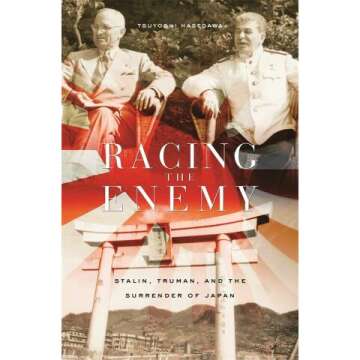The Outset of Operation Typhoon
On October 2, 1941, the **German Army** launched Operation Typhoon, a pivotal moment in World War II aimed at capturing Moscow, the heart of Soviet power. This assault was part of a larger strategy to secure a quick victory over the Soviet Union, thereby allowing the Nazis to consolidate their gains in Eastern Europe. With an overwhelming force of nearly 3 million troops, the Germans were poised to strike a decisive blow against the Soviet defenses.
Operation Typhoon: Objectives and Implementation
The primary goal of Operation Typhoon was to encircle and capture Moscow before winter set in. **Adolf Hitler** believed that a swift victory would lead to the collapse of Soviet morale and government. The offensive was meticulously planned with a focus on employing Blitzkrieg tactics—rapid movement and overwhelming power to break through defenses effectively. The campaign commenced with significant aerial bombardments followed by coordinated ground attacks.
The Role of the Wehrmacht in the Assault
The **Wehrmacht** (German Armed Forces) was at the peak of its operational capabilities during this time. Soldiers were highly trained and equipped with advanced weaponry, including tanks and aircraft. The attack converged from multiple directions, and the German units advanced rapidly, capturing significant territories and inflicting heavy casualties on Soviet forces.
The Soviet Response to the German Onslaught
Facing an immediate threat, the Soviets mobilized their resources and implemented countermeasures to protect Moscow. Soldier morale was initially shaken by the speed of the German advance; however, as the battle progressed, Soviet determination grew stronger.
Stalin's Command and Resilience
**Joseph Stalin**, the leader of the Soviet Union, ordered a tenacious defense of Moscow. Despite severe losses during the early stages of the conflict, the Soviet troops regrouped, benefiting from an extensive network of fortifications around the capital. Their defense strategies evolved, focusing on counterattacks and guerrilla tactics.
The Impact of the Soviet Winter on the Campaign
As winter approached, the harsh climate began to play a significant role in the unfolding battle. The freezing temperatures and snow created hostile conditions that severely hampered German operations, leading to an underestimation by the Germans of the Soviet resolve and ability to adapt. The changing weather not only affected equipment but also affected troop morale and health.
Fun Fact
Operation Typhoon's Unforeseen Turnaround
Despite initial successes, **Operation Typhoon** did not culminate in the anticipated capture of Moscow. The fierce resistance from the Soviet Union, coupled with logistical challenges and the unforgiving winter, ultimately led to the first major defeat of the German Army in World War II.
Additional Resources
Recommended Reading on Operation Typhoon
For those looking to dive deeper into the complexities of Operation Typhoon, consider reading "Stalingrad" by Antony Beevor or "Berlin: The Downfall 1945" by Rick Atkinson. These books provide rich narratives and analyses of the Eastern Front during World War II.































































































































































































































































































































































































































































































































































































 Continue with Google
Continue with Google